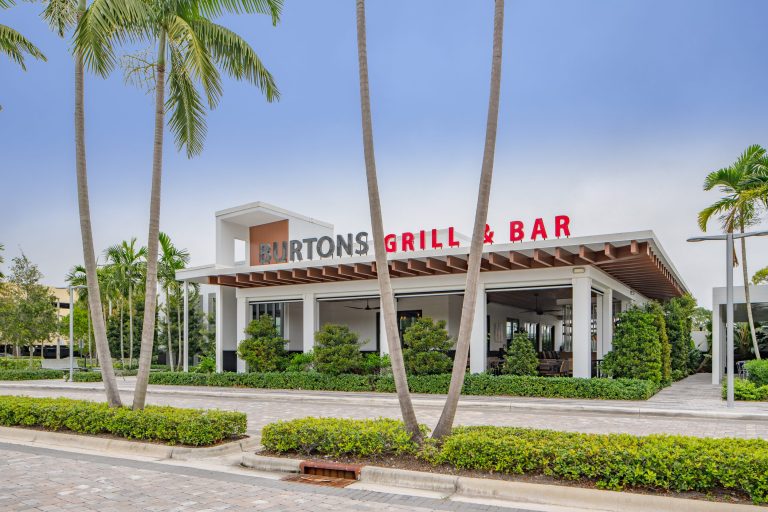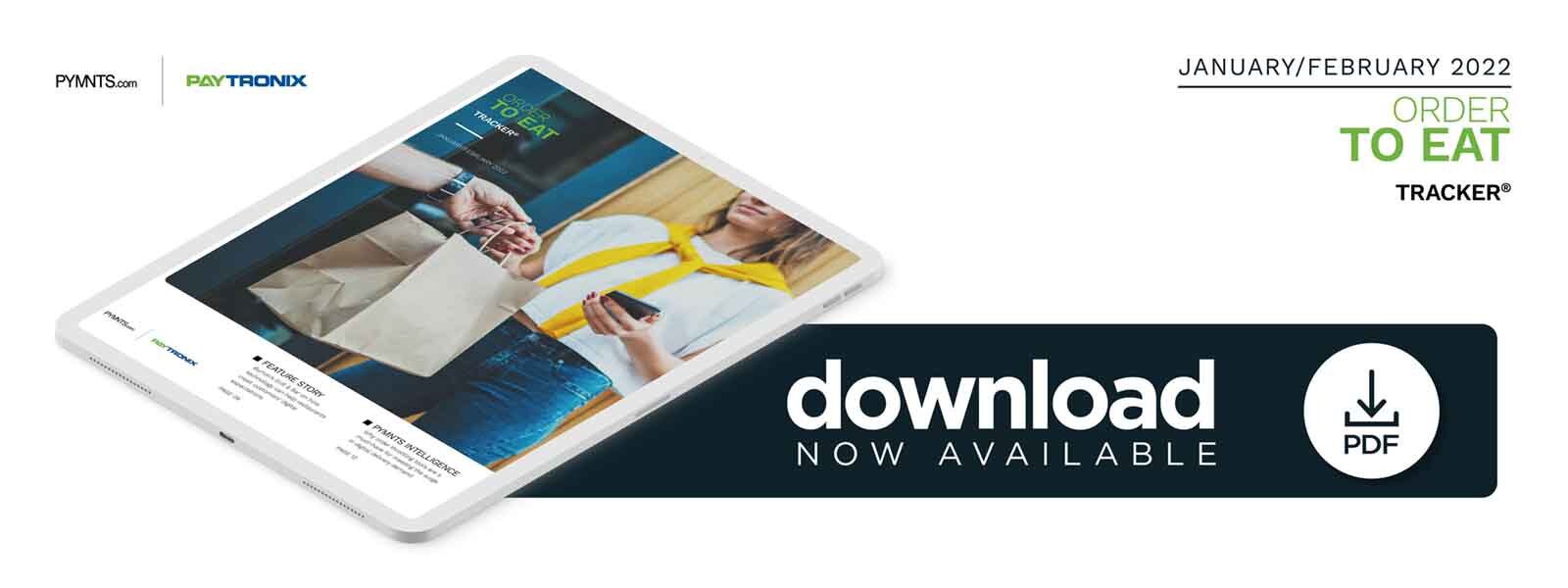Burton’s Grill and Bar on How Technology Can Help Restaurants Meet Customers’ Digital Expectations

QSRs increasingly juggle the needs of dine-in customers with the need to satisfy digital and in-store customers. In the Order To Eat Tracker, John Haggai of Burtons Grill and Bar explains how automation and order throttling tools can help restaurants take pressure off their staff, streamline workflows and keep customers satisfied.
Evolving health threats and recurring restrictions have forced restaurants across the United States to adjust operations and even shutter their dining rooms over the past two years. Digital ordering swiftly became the primary way these eateries kept going, with many owing their survival to online and mobile carryout and delivery tools.
John Haggai, president and chief operating officer of Burton’s Grill and Bar and Red Heat Tavern, said he believes restaurants that forgo adoption of such tools will inevitably lose market share and fall behind their competitors.
“Customer habits have forever changed, and our industry had to pivot quickly to [meet] this new demand,” he said. “Before the pandemic, online ordering, reservations and paying online were all added amenities; now, they are necessities. Customers want flexibility, and [this] is primarily driven by safety and convenience.”
Many industry professionals appear to have picked up on the trend, but as restrictions ease and consumers return to in-person dining, restaurants worry that they are facing a level of demand that their establishments are not fit to handle. As such, many restaurateurs are choosing to throttle online orders and limit menu items to strike a balance as they simultaneously face labor shortages and overwhelming customer requests.
The Enduring Appeal of Delivery
Most dine-in establishments are now fully open to the public, but many consumers are still opting for delivery options as COVID-19 variants emerge. Even those comfortable with in-person dining still expect their favorite restaurants to offer mobile pickup or delivery options. Research shows that 38% of consumers plan to keep ordering takeout rather than dining in.
“We have seen a steady shift with our customers migrating from call-in to online orders,” Haggai explained. “Customers now expect delivery to be a permanent option for fast-casual and full-service concepts like ours. They want the comfort and ease of ordering via their mobile device, a stored, secured payment and to dictate the time the order is ready. And the trend, for sure, is the more options, the better when it comes to pickup, curbside or delivery.”
Haggai said the greatest challenge restaurants face is acquiring and integrating the technology needed to cater to consumers’ evolving expectations and behaviors while predicting future trends to remain ahead of the curve. The urgency is further amplified as spending for food and groceries continues to rise, with a 14% increase noted by researchers between October 2019 and October 2021.
“The integration and implementation of technology costs time, money and dedicated resources to get it right from the customer and business end,” he added. “There are a lot of products out there, and the technology continues to evolve quickly. Being flexible is critical because we have learned that things change quickly, and the future is still unpredictable.”
Automation Reduces Labor, Improves Customer Experience
Nearly three-quarters of industry professionals invested in delivery and online and mobile ordering during the pandemic to help combat the drop in on-premise revenue. Many of these capabilities are powered by third-party providers that enable hospitality sectors to offer contactless interactions on their platforms, from creating an order to completing a payment. Additionally, third-party delivery services are often employed to ease workflow disruptions created by labor shortages.
“Restaurants must offer a seamless delivery experience from the moment the order is placed to when it arrives at a customer’s doorstep,” he said. “And the more you can control, the better because you have to get a lot of things right every time in an environment that is not always predictable. When you pile on online ordering and delivery as an option, that’s when things can certainly get interesting. The revenue is nice, but not at the expense of the customer experience.”
Labor-saving automation and reduced menus may help to alleviate the pressure on understaffed teams while accounting for ingredient shortages. There are also order throttling solutions, which quote wait times more accurately, bringing clarity to customers about what they can expect and when their items will be ready.
Customers’ needs are constantly shifting, and the only way restaurants can keep up is by monitoring how consumers want to order and pay, and investing in the technologies necessary to make it happen. Incorporating third-party automation and ordering tools can help keep these processes smooth, ensuring that eateries can serve customers across all channels without sacrificing the speed and convenience they crave.
